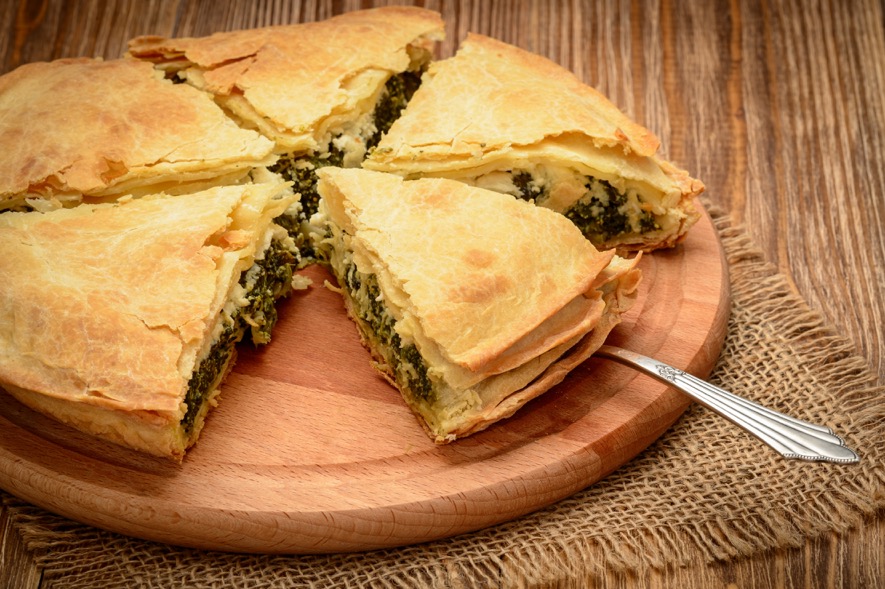Greek Honey
The taste of pure Greek honey is unforgettable. Who could resist a refreshing bowl of creamy yoghurt with a drizzle of honey or a generous spread of the ‘nectar of the gods’ on more than one slice of freshly-bake, breakfast bread. In antiquity, this Greek superfood was cherished not only as a traditional sweetener for food and drink but for its health benefits. Melikrato was a mixture of honey and milk given to growing children and, if ancient storytelling holds true, the Thrace born philosopher, Democritus, lived to 90 (some writers suggest 104) because he enjoyed an habitual diet of … Read more


